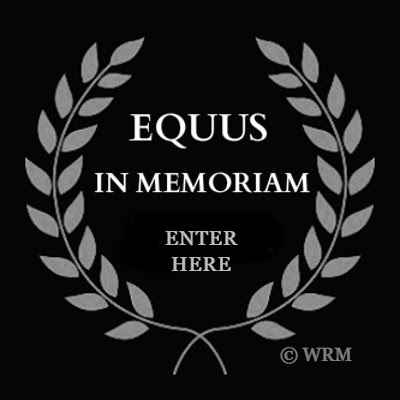Continued . . .
We don’t know Hollendorfer’s training methods. But, we do know he is a horseracing Hall of Fame trainer who has worked with racehorses for 40 years. Making a scapegoat of one trainer who has experienced an unusual streak of horse losses — just as the track itself has experienced! — to take the heat for Santa Anita’s woes is ludicrous if not cruel.
While such an action may give the appearance the track owner is seriously addressing a pattern of deaths, shunning one trainer doesn’t solve the problem nor appease the public. It does punish Hollendorfer, his stable, clients, and workers.
On this Memorial you can see other trainers who have incurred multiple losses during a meet. Trainers with a large stable of horses (like Hollendorfer’s) will appear in the list more often than those training just a few horses.
In working on this Memorial since 2005 we see that each track eventually gets its turn in the spotlight for an unfortunate rash of deaths. Most of the tracks we report on are located in the United States (simply because we have more access to the data), but look at Great Britain’s Grand National steeplechase at Aintree, notorious for horse fatalities every year. The most prominent tracks, races, horses, and people make headline news, while losses that occur daily in the shadows, at more obscure tracks, go unreported.
Regardless of a horse’s rank, a race’s level of difficulty, or a track’s racing surface or conditions, each horse works with maximum effort and therefore vulnerability, just a step away from injury or death, in competition or on an easy morning gallop.
Despite all of the safety measures Santa Anita and tracks around the world have implemented — desperately trying to reduce the wastage and save horseracing — nothing can stop the injuries and deaths that are a regular feature in the extreme sport of horseracing. Singling out one trainer won’t fix it.
~The Editor
